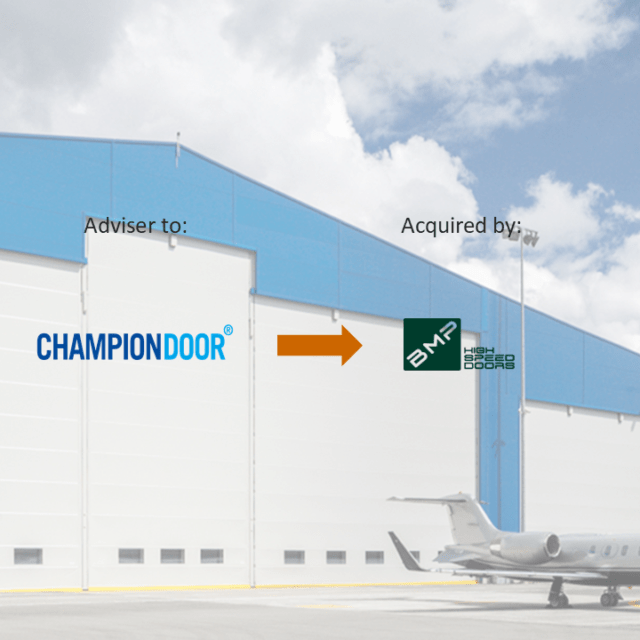This market overview delves into the dynamic landscape of the curtains & blinds, and awnings markets, focusing on Finland. It examines their respective market sizes, growth projections, and the evolving trends driving their expansion. The report reveals the increasing popularity of awnings due to their visual enhancement and weather protection capabilities, alongside the utilization of eco-friendly materials.
The overview underscores the crucial role of passive solar protection solutions in energy-efficient construction and sustainability, aligning with European building directives. The endorsement of solar shading as an effective response to climate change by European Solar Shading Organization (“ES-SO”) further emphasizes the need for regulatory integration and industry transformation.
Introduction
This market overview examines the Curtains & Blinds market and the Awnings market. In this market overview, these two markets make up the total market for sun shading solutions. The focus will be on the total market in Finland.

Curtains, Blinds and Awnings Market Size 2022
Curtains and blinds market size
The global curtains and blinds market was valued at $38 B in 2022. The market is expected to grow by a CAGR of 6.28 % to 2027, reaching a value of $51B[1]. Europe held a 30.9 % share of the global blinds and shades market in 2022[2], which is also estimated to hold for the curtains and blinds market. Therefore, the European market for curtains and blinds was valued at $11.6B in 2022. With the same CAGR, the market is expected to reach almost $16B in size by 2027.
The Finnish market for curtains and blinds was valued at €132M in 2022. With a CAGR of 6.28 %, the market will reach a value of $179M in 2027[3].
The awnings market size
The global awnings market was valued at $8.5B in 2022. The market is expected to grow by a CAGR of 6.7 % to 2030, reaching a value of $14.3B[4]. Europe held a 30.9 % share of the global blinds and shades market in 2022[5], which is estimated to hold for the awnings market as well. Therefore, the European market for awnings was valued at $2.6B in 2022. With the same CAGR, the market is expected to reach $4.4B in 2030.
The Finnish awning market is estimated to be $30M in 2022[6]. With the same CAGR of 6.7 %, the market will reach $50M in 2030.
The market for sun shading in Finland
The market for sun shading in Finland is the sum of the Finnish curtains & blinds market and the Finnish awnings market. Converted to EUR, the market in Finland is estimated to be worth 152.5M€, from which the awnings market is ~27.9M€, and the curtains and blinds market is 124.5M€. The market will reach ~207M€ in 2027 at a CAGR of 6.28%.[7]
Market growth drivers and trends
Awnings are becoming increasingly popular because of the growing trend to improve buildings’ visual appearance and offer protection from weather, e.g., sunlight and rain. Manufacturers are also increasingly using more environmentally friendly and energy-efficient materials to create innovative, green energy-based awnings. Furthermore, people are becoming more conscious of prolonged sun exposure’s adverse effects on their skin, leading to demand for awnings offering protection against UV rays. These factors will drive market growth in the coming years.[8]
Energy-efficient construction and reducing energy consumption in existing properties are critical concerns, both in terms of economic sustainability and addressing climate change. Buildings play a significant role in Europe’s energy consumption, accounting for over 40% of the total energy usage.
There are various methods to curb energy consumption in buildings. Incorporating adequate solar protection serves as a passive cooling solution that requires no additional energy while also supporting lighting and heating systems by utilizing natural solar energy. These passive solutions are integral to sustainable development, energy-efficient construction, and renovation projects. It is essential to prioritize such passive measures over energy-consuming systems, as outlined in the Energy Performance of Buildings Directive (EPBD) and Finnish building regulations[9]. This will drive future growth for the companies in the industry.
The demand for technology-infused and automated products is expected to continue its historical growth trajectory. Concurrently, the average prices of various sun protection solutions are rising, while customer expectations towards suppliers are escalating. In effect, this translates into enhanced operational capabilities and competitiveness for larger entities compared to smaller players.
New ES-SO recommendation supports market growth[10]
The escalating impact of climate change manifested through rising temperatures and more frequent and intense heat waves, will profoundly affect energy consumption and greenhouse gas (GHG) emissions associated with space cooling in buildings over the coming decades. A comprehensive study conducted by Guidehouse has yielded compelling evidence, demonstrating that automated solar shading represents an energy-efficient and economically viable solution to mitigate the challenges of overheating in a changing climate. The findings unequivocally establish solar shading as a pivotal measure for achieving the decarbonization objectives for the European building stock by 2050.
In light of these compelling conclusions, ES-SO recommends the following measures:
- Mandate the inclusion of “solar shading” as a passive energy efficiency measure in the Energy Performance of Buildings Directive (EPBD). This requirement should be prioritized for both newly constructed and renovated buildings, aligning with the principle of prioritizing energy efficiency. Active air conditioning should only be considered a secondary option if a persistent need exists to address overheating.
- Incorporate “solar shading” as a designated technical building system within Article 2, Point 3 of the EPBD, in a manner similar to the inclusion of cooling and heating systems.
By prioritizing these actions, the utilization of automated solar shading will be fully recognized as a mandatory Building Automation and Control System in Article 8 of the EPBD, thereby enabling the optimized operation of automatic solar shading devices. This will, in turn, lead to substantial reductions in space cooling and heating demand, effectively contributing to the overall objectives of the EPBD.
Nico Henriksson
Associate
[1] Curtains & Blinds: Statista (2023)
[2] Blinds & Shades Market: Fortune Business Insights (2023)
[3] Curtains & Blinds: Statista (2023)
[4] Awnings Market: Market Research Future (2023)
[5] Blinds & Shades Market: Fortune Business Insights (2023)
[6] NG estimate from Curtains & Blinds: Statista (2023)
[7] NG estimate
[8] Global Awnings Market: MarketersMedia Newswire (2023)
[9] Aurinkosuojauksen hyödyntäminen: Aurinkosuojaus ry (2023)
[10] European solar shading organization (2021)
















